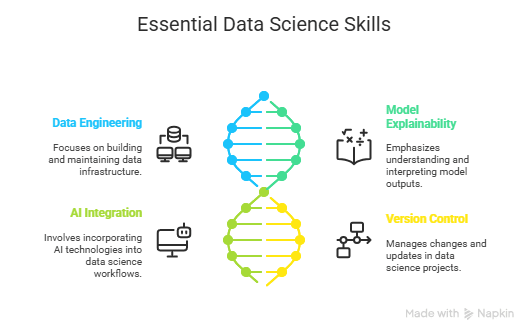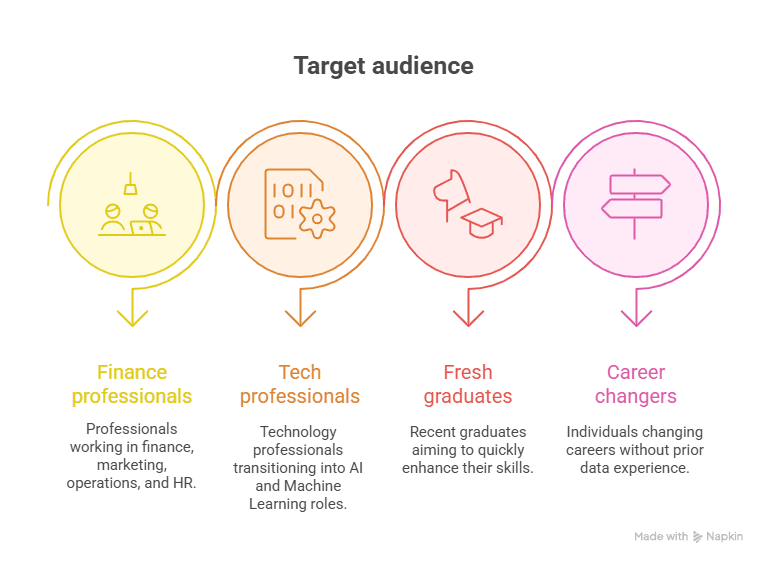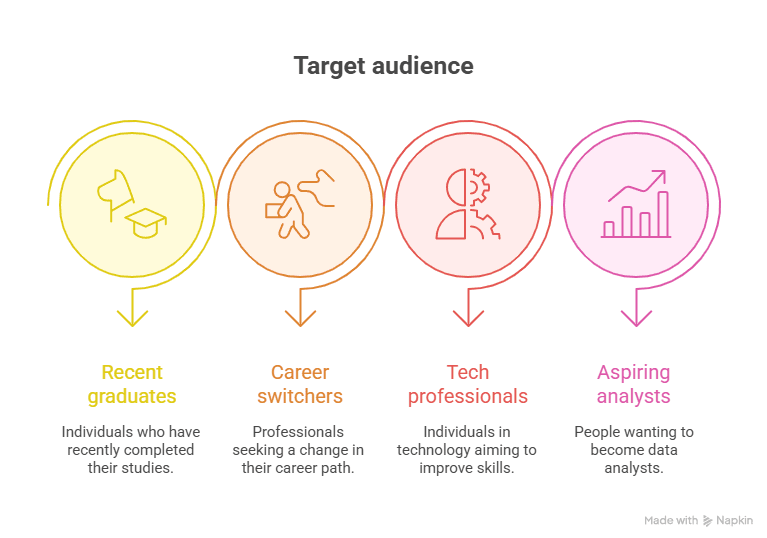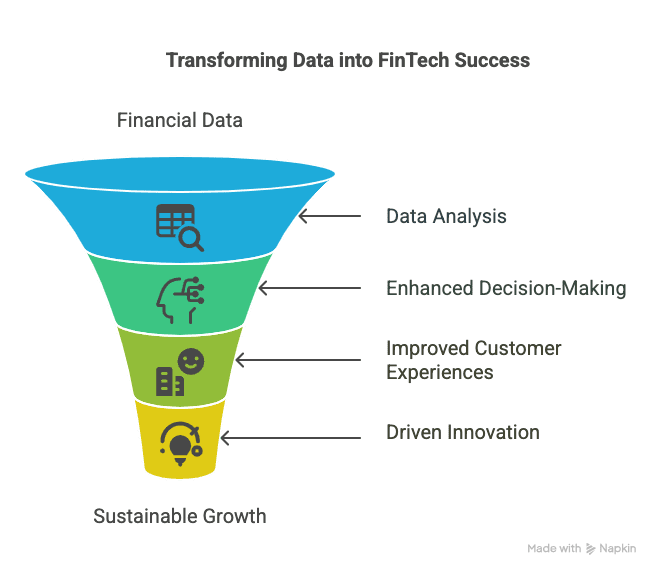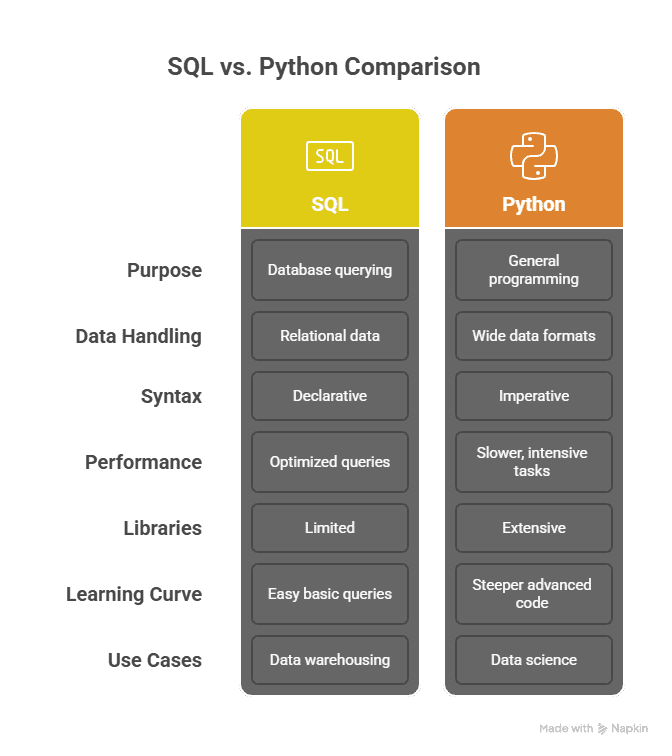Introduction
Let me ask you a straightforward question: What if the decision of a new career, could land you right in the heart of a vast, global pool of innovation, high-paying job opportunities, and a game of limitless potentials? Tempting, right? That’s all Data Science in 2025. Regardless of whether you’re a new graduate, a working professional, or somebody looking to pivot your career, being asked what is data science could open doors to pathways previously unimagined.Firstly, in the last five years, Data Science has moved from a buzzword to an integral part of our everyday reality across many industries including: finance, healthcare, retail, and entertainment to name a few. By 2026 there will be over 11 million Data Science Job openings in India alone, therefore, it could be an incredibly smart and transformational career move.
Table of Contents
- What is Data Science?
- Careers in Data Science: Scope and Opportunities
- How to Begin a Career in Data Science in India
- Best Data Science Course with Placement Opportunities
- Selecting the Best Data Science and AI Postgraduate Course
- Why Data Science Is The Smartest Career Choice for 2025
- Key Takeaways
- FAQs
- Conclusion
What is Data Science?
The world creates approximately 328 million terabytes of data on a daily basis. However, raw data itself is not useful unless we can interpret it. That’s precisely where Data Science helps. So, let’s dissect what is data science in easy words.

Data Science is an interdisciplinary field that uses -scientific methods, algorithms, and systems to extract knowledge & insights from structured & unstructured data. It uses mathematics, statistics, computer science, and other subject courses to make data actionable to the organization and have them use their intelligence to make better decisions.
Key Components of Data Science
| Component | Description |
| Data Collection | Gathering raw information from multiple sources. |
| Data Cleaning | Removing errors, duplicates, and inconsistencies from data. |
| Data Analysis | Applying statistical methods to identify patterns and trends. |
| Machine Learning | Building predictive models that improve with more data. |
| Data Visualisation | Presenting findings in understandable formats like graphs. |
In simple terms, Data Science is the process of extracting meaning from data to address actual problems.
Data Science Careers: Scope and Opportunities
It’s great to know what data science is, but to know where it can lead is more thrilling. The world has seen a rapid rise in careers related to data science, and hence, it’s one of the most future-proof and fulfilling career options today.
In India, organizations from all industries are hiring data professionals at a fast pace to remain competitive. Startups and mega players such as Infosys, TCS, Amazon, and Google – no one is leaving data teams behind.
Top Careers in Data Science
- Data Scientist: The most desirable job, whose task is to develop models and draw out insights.
- Data Analyst: Delivers on interpreting data that already exists to aid business decisions.
- Machine Learning Engineer: Experts at creating AI-based solutions.
- Data Engineer: Develops and sustains data infrastructure.
- Business Intelligence Analyst: Converts data into strategic insights.
- AI Engineer: Develops artificial intelligence technologies for implementation.
- Big Data Engineer: Maintains and analyzes large-scale data sets.
- Statistician: Implements statistical theories to address intricate problems.
With this diverse range of roles- jobs in data science have something for everyone, ranging from technical coders to business professionals.
How to Start a Career in Data Science in India
The question in everyone’s mind is – how to begin a data science career? The good news is, you don’t have to be a technical wizard to begin. But you do need to follow a systematic approach.
Here’s an Indian student and professional’s roadmap:
- Step-by-Step Guide to Begin Your Data Science Career
- Know the Basics: Learn what Data Science is.
- Develop Technical Skills: Learn Python, R, SQL, and data visualisation software.
- Mathematics & Statistics: Refresh probability, linear algebra, and stats.
- Choose the Right Course: An MBA in Data Science with placement can speed up your career very much.
- Work on Real Projects: Practical experience is priceless.
- Build a Portfolio: Display your skills with GitHub, Kaggle, or personal projects.
- Stay Updated: Be abreast of industry developments and trends.
- Network and Apply: Go to meetups, LinkedIn networking, and apply for internships.
For those seeking a guided learning process, taking admission in a well-known data science course with placement is usually the best way to begin.
Top Data Science Course with Placement Options
If you’re serious about entering this industry, opting for a placement data science course is a big ticket. It provides you with not only technical skills but also job guarantee and industry exposure.
Best Courses to Make Career-Ready Data Scientists
| Program Name | Features |
| Imarticus Learning – PG Program in Data Science and AI | Placement support, industry projects, AI integration |
| IIT Roorkee – Data Science and Machine Learning Certificate | Focus on advanced ML tools with placement assistance |
For Indian students seeking best-of-breed training with job assurance, the Imarticus Learning Data Science and AI Program is one of the most reliable choices.
Selecting the Top Postgraduate Course in Data Science and AI
After deciding you want to venture into this area, the second step is finding the best postgraduate course in data science and AI. But with all the possibilities, how do you select?
A proper postgraduate course should have – industry-focused curriculum, practical projects, experience with AI technologies & career guidance. Considering how interdependent AI and Data Science are, studying both together maximizes your job opportunities.
Factors to Keep in Mind When Selecting a Program
- Curriculum crafted by industry professionals.
- Both Data Science and AI emphasis.
- Hackathons and real-world projects.
- Career services and placement assistance dedicated.
- Flexible online or blended learning possibilities.
- Good student feedback and sector standing.
The best postgrad program in data science and AI gives you both technical skills and the skills to solve business issues with data-driven solutions.
Why Data Science is the Smartest Career Move for 2025
Let’s be honest – technology is not going to slow down anytime soon, nor will the need for data experts. Adopting Data Science as your career choice in 2025 is equivalent to investing in a future-proof property.
The latest findings from Forbes indicate that Data Science and AI will be the driving forces in global job markets over the next decade. India, with its thriving digital economy, is amongst the prominent markets for this boom.
Why 2025 is the Ideal Time
- Massive opportunities for data science careers in India and around the world.
- Competitive pay and high job satisfaction.
- Opportunity to work on state-of-the-art AI and ML projects.
- Freedom to work across industries such as healthcare, finance, and e-commerce.
- High impact and mentally stimulating work.
- Global mobility and work-from-anywhere options.
The Future of Jobs Report of the World Economic Forum marks Data Science among the most emerging fields.. and therefore it is a wise career choice.
Key Takeaways
- Data Science is transforming business decision-making.
- Careers in data science are booming in India.
- You can begin with a placement-oriented data science course.
- Picking the right postgraduate course in data science and AI guarantees career-readiness.
- 2025 is the best time to make the transition into this line of work.
FAQs
1. What is data science and why is it so important?
Data Science is the process of extracting insights from data to answer real-world questions & that’s why it’s so important for companies to remain competitive.
2. What do data science careers require?
You require technical skills such as – Python, SQL, statistics, and machine learning, in addition to problem-solving and critical thinking skills.
3. How to begin a career in data science with no technical background?
Start with entry-level courses and build your technical skills step by step, particularly with a data science course with placement.
4. What is the best postgraduate data science and AI program?
Programs like Imarticus Learning’s PG Program are best known for industry focus, AI, and placement support.
5. Are data science careers just for engineers?
Not at all! There are professionals from mathematics, economics and business to those coming from non tech backgrounds who have transitioned successfully.
6. How much does a Data Scientist earn in India?
— Entry level salaried roles can earn you between 6-10 LPA, and with experience, you can earn 20 LPA or even more.
7. What industries hire Data Scientists?
IT , finance, healthcare, e-commerce and even government organisations.
8. Does Data Science have a future in India?
Yes. with India’s digital transformation, the demand for Data professionals, will be exponential.
9. Can I take a data science program online?
Yes! There are many providers like Imarticus Learning which have platforms that offer extensive programs with flexible learning options and placement support.
10. How long will it take to be job ready?
Working with a structured program, most learners can be job ready in 6-12 months.
Conclusion
There has never been a better time to step into Data Science! With so many people interested in data, it’s possible to dominate industries and even economies based on data. The rigorous the increase in demand, potential salaries, and job satisfaction represents one of the best long-term decisions in your career.
If you are starting from scratch, or simply want to transition to a new career in data, 2025 could represent the beginning of the smartest decision in your career with its leap into Data Science.
Ready to begin your journey? Join the Imarticus Learning PG Program in Data Science and AI today and get your career on track for success.
External References:

